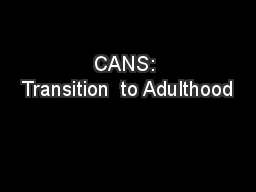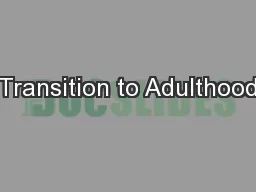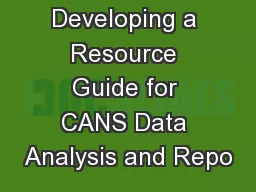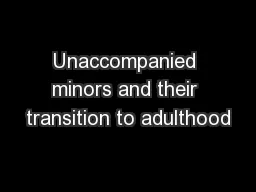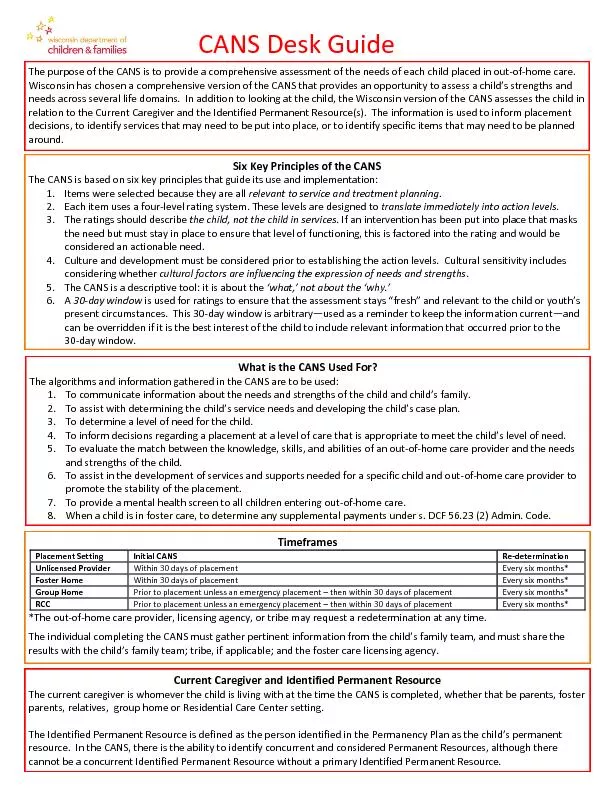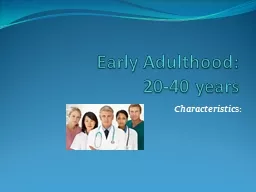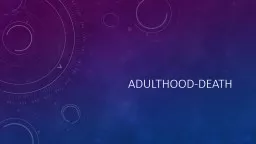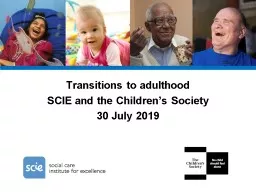PPT-CANS: Transition to Adulthood
Author : mitsue-stanley | Published Date : 2020-01-26
CANS Transition to Adulthood Scott Louiselle RMHS Jen White NFI VT Transition Age Module What Why When How NEW ITEMS Housing Stability Independent Living Skills
Presentation Embed Code
Download Presentation
Download Presentation The PPT/PDF document "CANS: Transition to Adulthood" is the property of its rightful owner. Permission is granted to download and print the materials on this website for personal, non-commercial use only, and to display it on your personal computer provided you do not modify the materials and that you retain all copyright notices contained in the materials. By downloading content from our website, you accept the terms of this agreement.
CANS: Transition to Adulthood: Transcript
Download Rules Of Document
"CANS: Transition to Adulthood"The content belongs to its owner. You may download and print it for personal use, without modification, and keep all copyright notices. By downloading, you agree to these terms.
Related Documents

